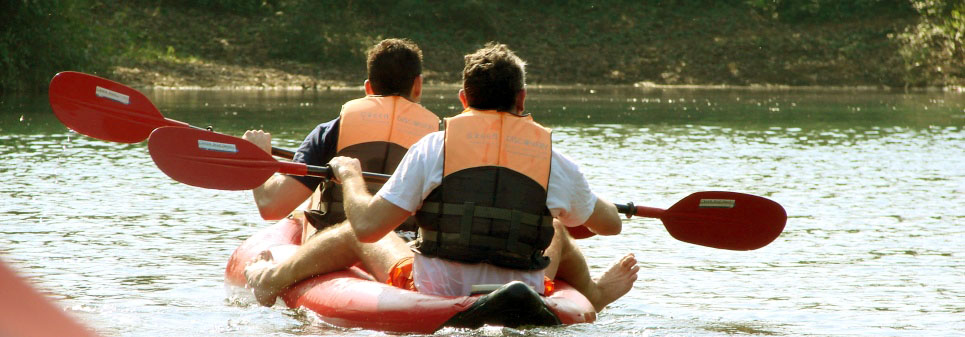Vang Vieng is located about 150km north of Vientiane in Vientiane province, along the highway 13.
Laid on the bank of Nam Song River, Vang Vieng has a great natural beauty and nice weather. Its stunning scenery with a mixture of quiet water and limestone outcrops remains unspoiled, despite recent developments with the advent of tourism.While it offers much for all visitors, it is also a backpacker hotspot, so can become very crowded in the high (dry) season. Main activities can be found in Vang Vieng are kayaking, tubing, rock climbing and other adventure activities such as trekking, cycling and hiking.
Location
Vang Vieng located in Vientiane province
Quick facts
Population: 25,000
Area: 16.875 km²
Dial code: +856 – 21
History
Vang Vieng was first settled around 1353 as a staging post between Luang Prabang and Vientiane. Originally named Mouang Song after the body of the deceased King Phra Nha Phao of Phai Naam was seen floating down the river, the town was renamed Vang Vieng during French colonial rule in the 1890s. Significant expansion of the town and its infrastructure occurred during the 1964-73 Vietnam War when the US developed an Air Force base and runway that was used by Air America. The airstrip was then called ‘Lima site 6′. In more recent times, the town has grown substantially due to the influx of backpackers attracted by the opportunities for adventure tourism in a limestone karst landscape.

Climate
Vang Vieng features a tropical wet and dry climate (Köppen Aw) with a distinct monsoon season and a dry season. Vientiane’s dry season spans from November through March. April marks the onset of the monsoon which in Vientiane lasts about seven months. Vang Vieng tends to be hot and humid throughout the course of the year, though temperatures in the city tend to be somewhat cooler during the dry season than the wet season.
Best time to go
Best time to visit Vang Vieng is between October and April.
Banks
Join Development Bank (JDB) http://www.jdbbank.com/
BCEL http://www.bcel.com.la/la
Hospitals: Vang Vieng Municipal Hospital is opposite Ban Sabai, +856 23 511 604
Featured Products
Kayaking on Nam Song River
Nam Song River is ideal place to do kayaking, with a range of Cave to explore during the route.
Rock climbing Tours
Head out by car to do the rock climbing in one of the most attractive area: Vang Vieng, where has a total of 50 routes ranging from 5a to 8a+ (French). After 15 minutes transfer, get off the car, having 30 minutes instruction (learn basic knots, climbing techniques, how to work belay device) by local guide, then take part in the practicing with the classic steep limestone jaggy stuff.

Explore Cave & Farm
Visit the Khmu village of Vieng Samay, about 10 km north of Vang Vieng. Visit Tham Jang and Tham Nam Thaem – the cave cuts straight through the mountain, so one emerges on the other side of the range for some panoramic views of the Nam Kouang valley.The next paddle stop is at the Organic Farm, where mulberry tea and a variety of fruit wines are produced. Explore The Tham Non Cave, which lies further downstream. As one of the biggest caves in Vang Vieng, it served as a rescue shelter for the villagers during the Second Indochina War. Today it is home to a bat colony and ‘The Magic Stone of Vang Vieng’.
Main sight-seeings in Vang Vieng
Tham Jang Cave
Tham Jang Cave or Dry Caves, is located on the west of Vang Vieng, can be accessed by a small bridge over Nam Song River.
Tham Pou Kham (Golden Crab Cave)
Golden Crab Cave drives 100 meters into the ground after passing through the small entrance hole. However, the cave widens once inside, when where a reclining Buddha statue welcomes visitors to a place once serving as home to bats, gibbons, monkeys, and antelopes. Tham Pou Kham displays several wet rock formations including a pair of “Golden Crabs”.
Tham Khan (Silver Bow Cave)
Adventure and history wait at Tham Khan (Silver Bow Cave) just 3 km west of town. A hedgehog hunter discovered the cave with its 1.9-meter-high sitting Buddha at the entrance Archaeologists examined the cavern and turned up prehistoric knives, small spades, and axes as well as khan or silver bow for which the cave was named. The three-meter-wide, 200-meter-long cave sits at the foot of Oua Mountian and offers a good access throughout. The daring can try to find the secret passage out…








